V6 Vs Straight-Six: The Pros And Cons Of Each Engine
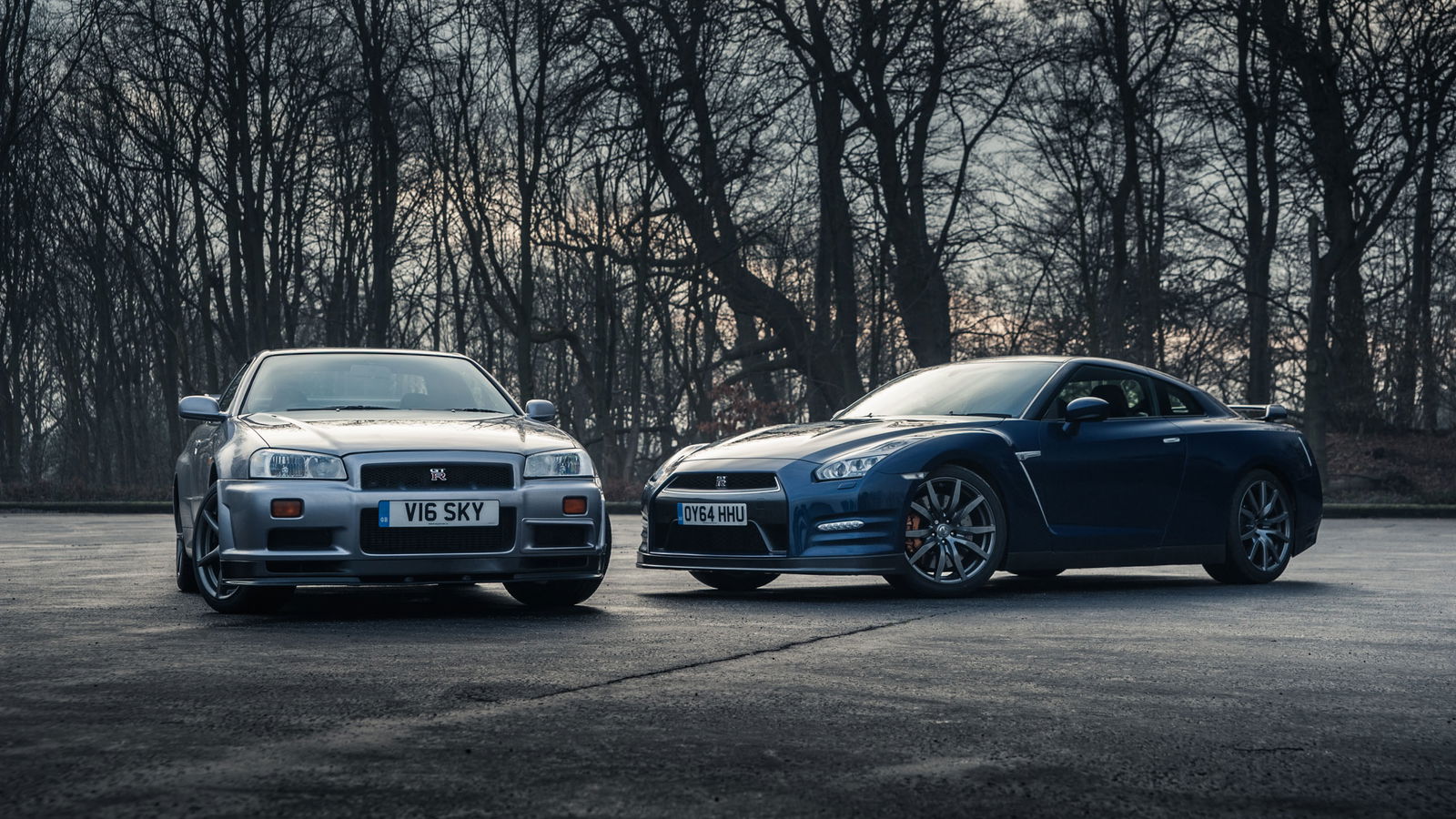
Six-cylinder engines have long been the heartbeat of some of the world’s most iconic and legendary vehicles. The straight-six engine configuration (also known as an inline-six) has powered icons such as the Jaguar E-Type, Toyota Supra, Nissan Skyline GT-R and BMW M3. Meanwhile, V6 engines have served as the powerplant for heroes including the Honda NSX, Nissan GT-R R35 and Lancia Stratos. Both six-cylinder configurations have left an indelible mark on the automotive landscape.
A few years ago, the straight-six seemed to be fading away, but the configuration has had something of a resurgence, with many manufacturers replacing V6s with them.
So, what is it these car brands have to weigh up when deciding how to arrange their six-cylinder engines, assuming they haven’t done something weird like laying them flat? (We’re looking at you, Porsche).
Here are the pros and cons of each.
Straight-six advantages
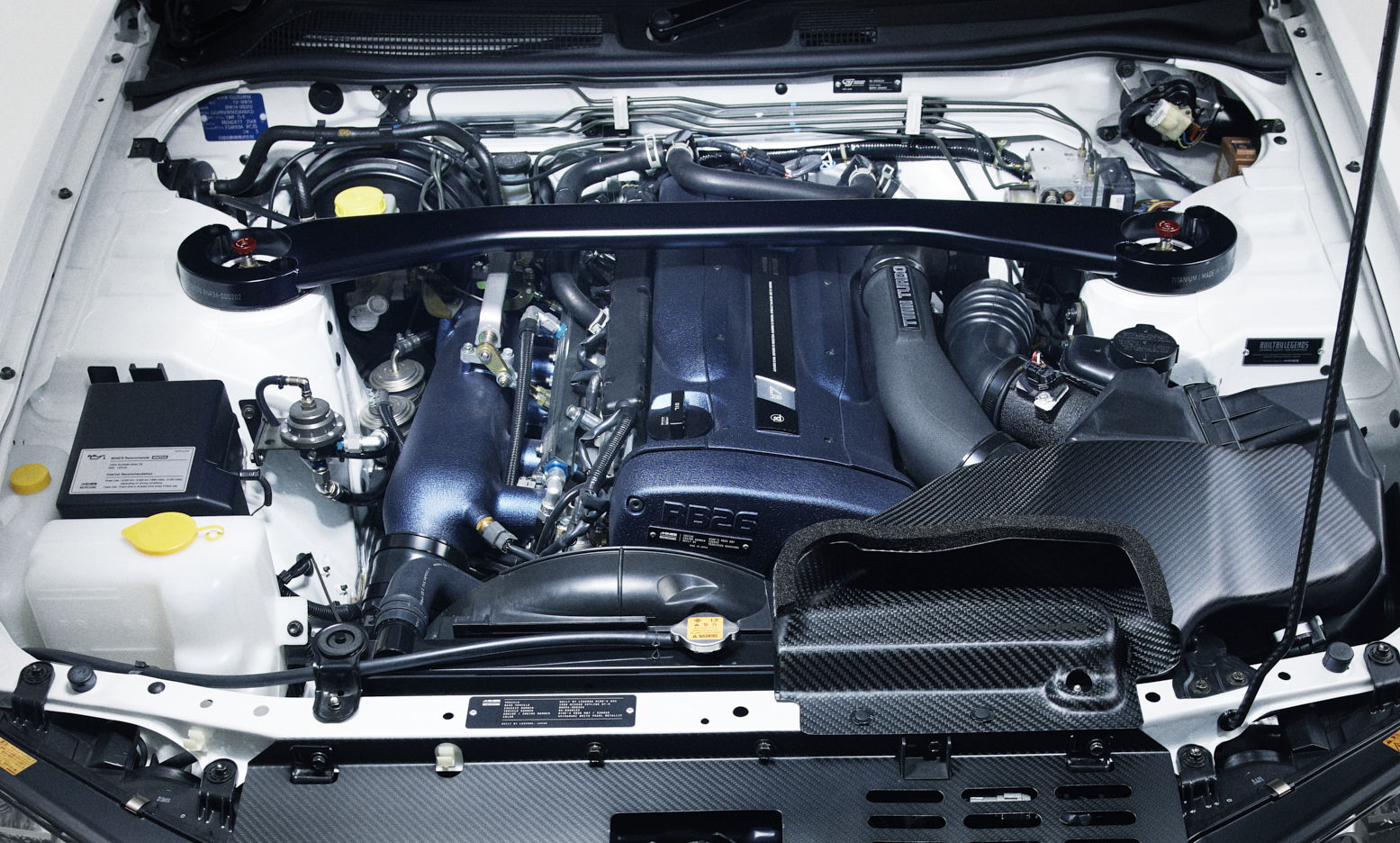
Straight-six engines are so named because the cylinders are arranged in a straight line, and make for a clean and straightforward design. The inline configuration eliminates the need for separate heads or valve trains, which are needed with a V-configuration’s cylinder offset. A dual overhead cam inline-six can operate with just two long camshafts to control its valves, while a V6 requires twice as many smaller camshafts. This results in fewer moving parts and, in theory at least, fewer potential issues.
This simplicity makes straight-six engines more accessible for maintenance work, allowing greater access to spark plugs, leads and ancillaries and making the I6 often a better choice for amateur mechanics. However, the most significant advantage lies in engine balancing. The normal firing order of a straight-six ensures that the reciprocating forces balance each other out, resulting in a smooth-revving engine – a trait exemplified by units like the BMW S50 and Nissan RB26.
A lot of modern straight sixes are also modular, developed as part of engine families incorporating inline threes, fours and, of course, sixes. This makes for potentially lower engine costs.
Straight-six disadvantages
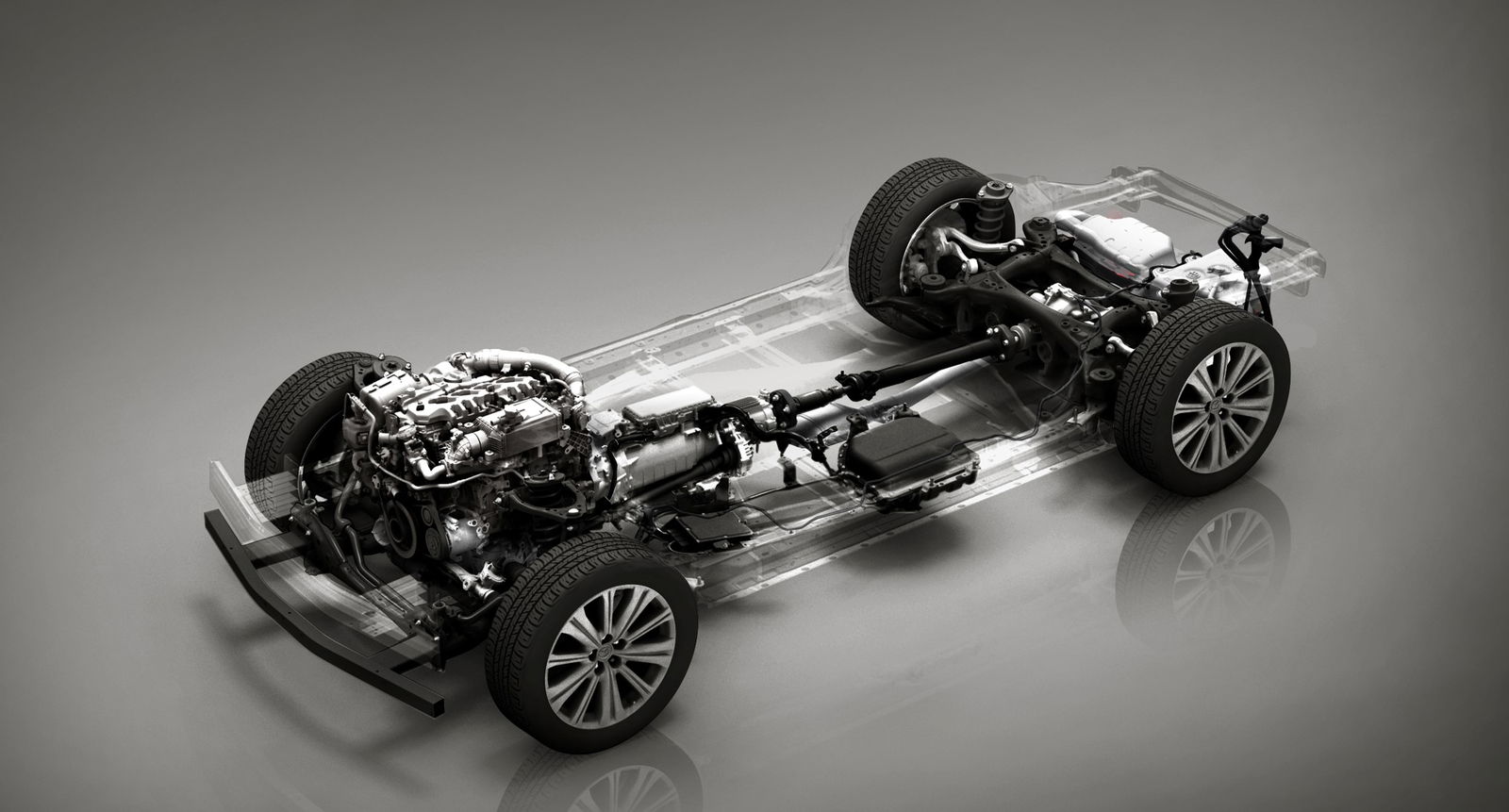
Despite its advantages, the straight-six faces several challenges. Packaging has always been an issue, as the extra two cylinders compared to an inline-four engine make it significantly longer. This poses challenges when mounting an I6 in a transverse configuration, especially in a front-wheel drive configuration, where there is often insufficient space for the necessary transmission and drivetrain components. With manufacturers looking to create powertrains that can be shared across as many chassis as possible, the elongated I6 just isn’t quite versatile enough.
The long engine and its components also lack rigidity compared to more compact engine setups. Longer camshafts and crankshafts naturally flex slightly during rotation, and the engine block lacks the stiffness of a V6 equivalent. These factors negatively affect the car’s centre of gravity, with rotating and static mass sitting slightly higher in the engine bay than other more compact engine options.
V6 advantages
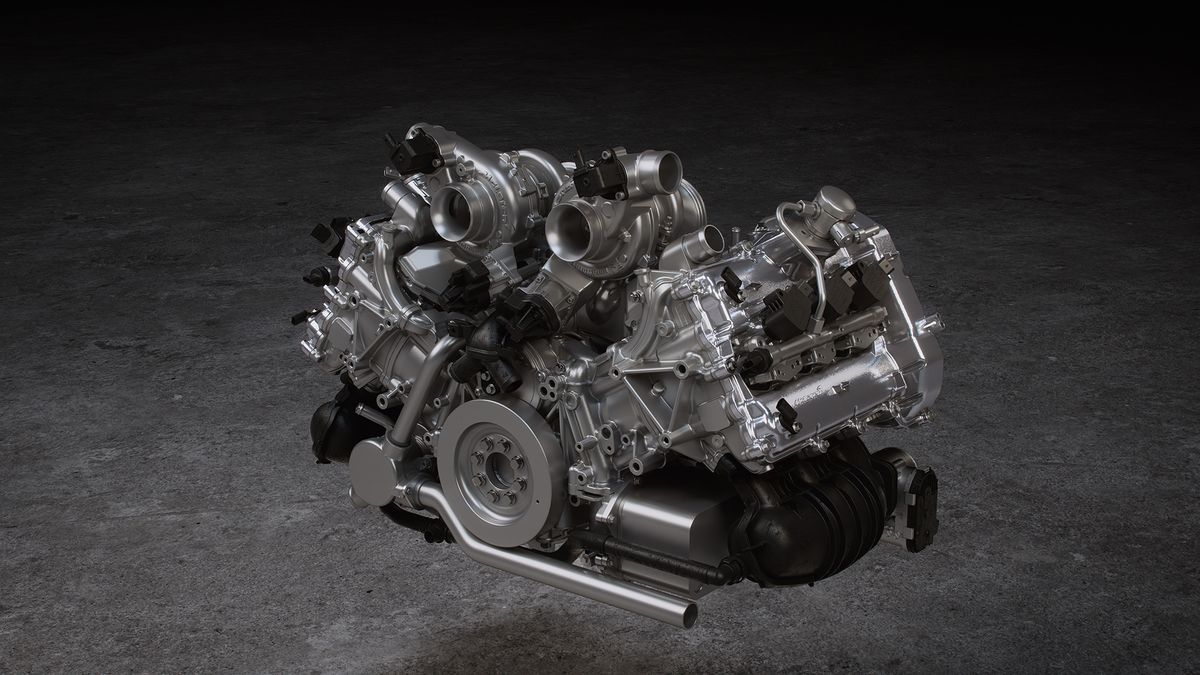
The V6 engine configuration means the cylinders are tilted away from each other at an angle, typically in 60 or 90-degree configurations, although there are some curious exceptions like McLaren’s 120-degree V6 and Honda’s 75-degree second-gen NSX V6.
V6s are still prevalent in numerous performance cars thanks to their versatility across a variety of platforms. Turbocharging is highly effective in a V6 to create upwards of 500bhp, and manufacturers frequently offer twin-turbo V6 setups as an alternative to bulkier V8 engines. The Nissan GT-R R35 swapped the straight-six RB26 used in its Skyline predecessors for a 3.8-litre twin-turbo V6, capable of delivering 592bhp in the GTR-Nismo and more than 1000bhp in the hands of tuners.
The compact nature of V6 engines allows them to be easily integrated into a variety of engine bays within a manufacturer’s lineup. This flexibility also enables front-wheel-drive setups to use V6 powertrains, which can lead to some truly epic performance bargains like the MG ZS180 with its Rover KV6 and the Mazda MX-6, which squeezed in a 2.5-litre V6 in its second generation.
V6 disadvantages
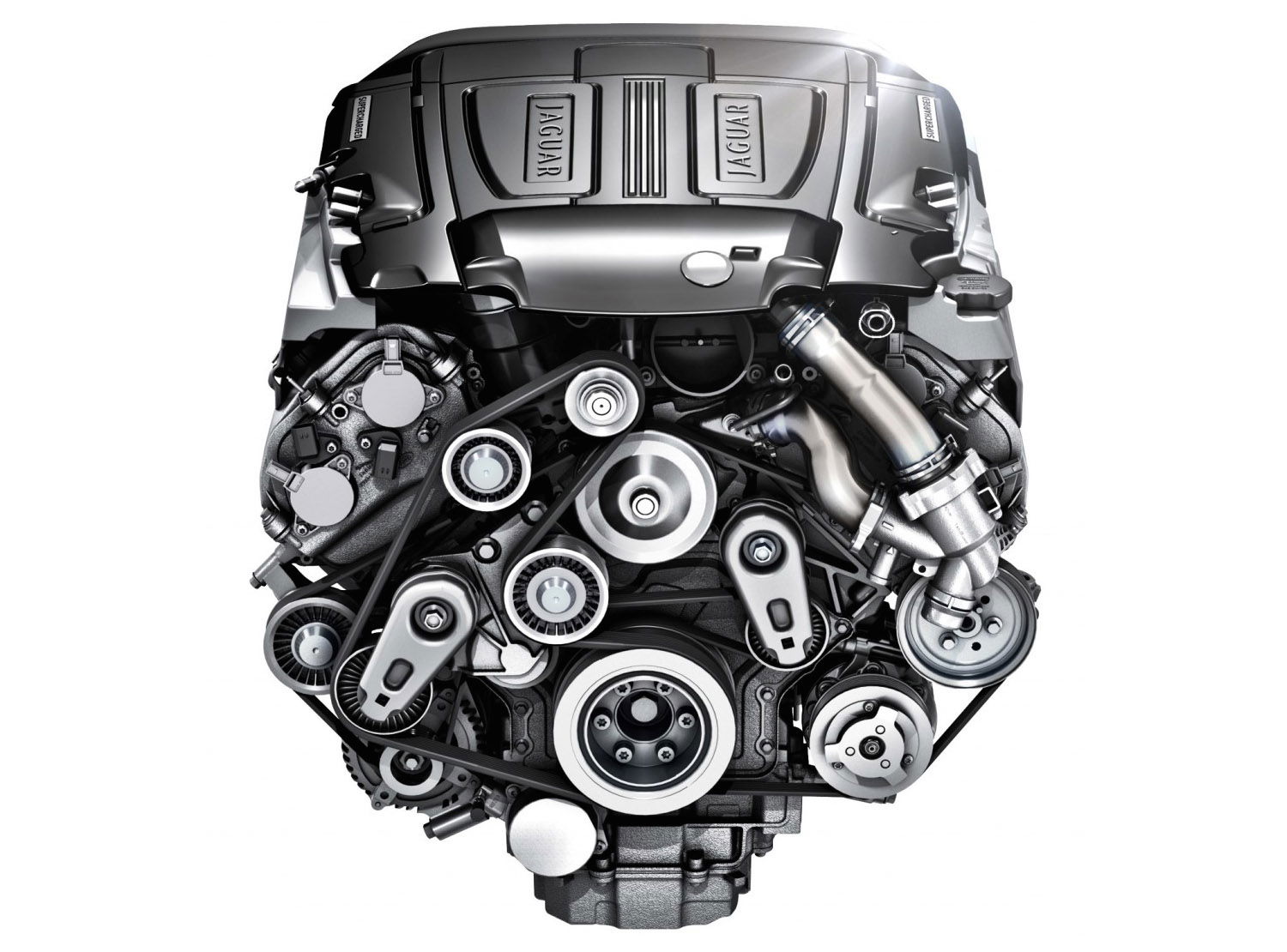
Despite having the same number of cylinders as the inline-six, the V6 engine lacks the same inherent balance. Effectively, it consists of two inline threes joined together, requiring balancing shafts with specially placed weights to counteract unwanted inertia. Without these, vibrations would travel through the crankshaft and disrupt the engine’s efficiency.
As displacement increases, along with bore size, more counterweights are needed, further complicating the engine’s design and driving up manufacturing costs. A DOHC V6 requires four camshafts and potentially 24 valves in total, increasing the complexity of the valvetrain components. This can be intimidating for less-experienced enthusiasts working on V6 engines.
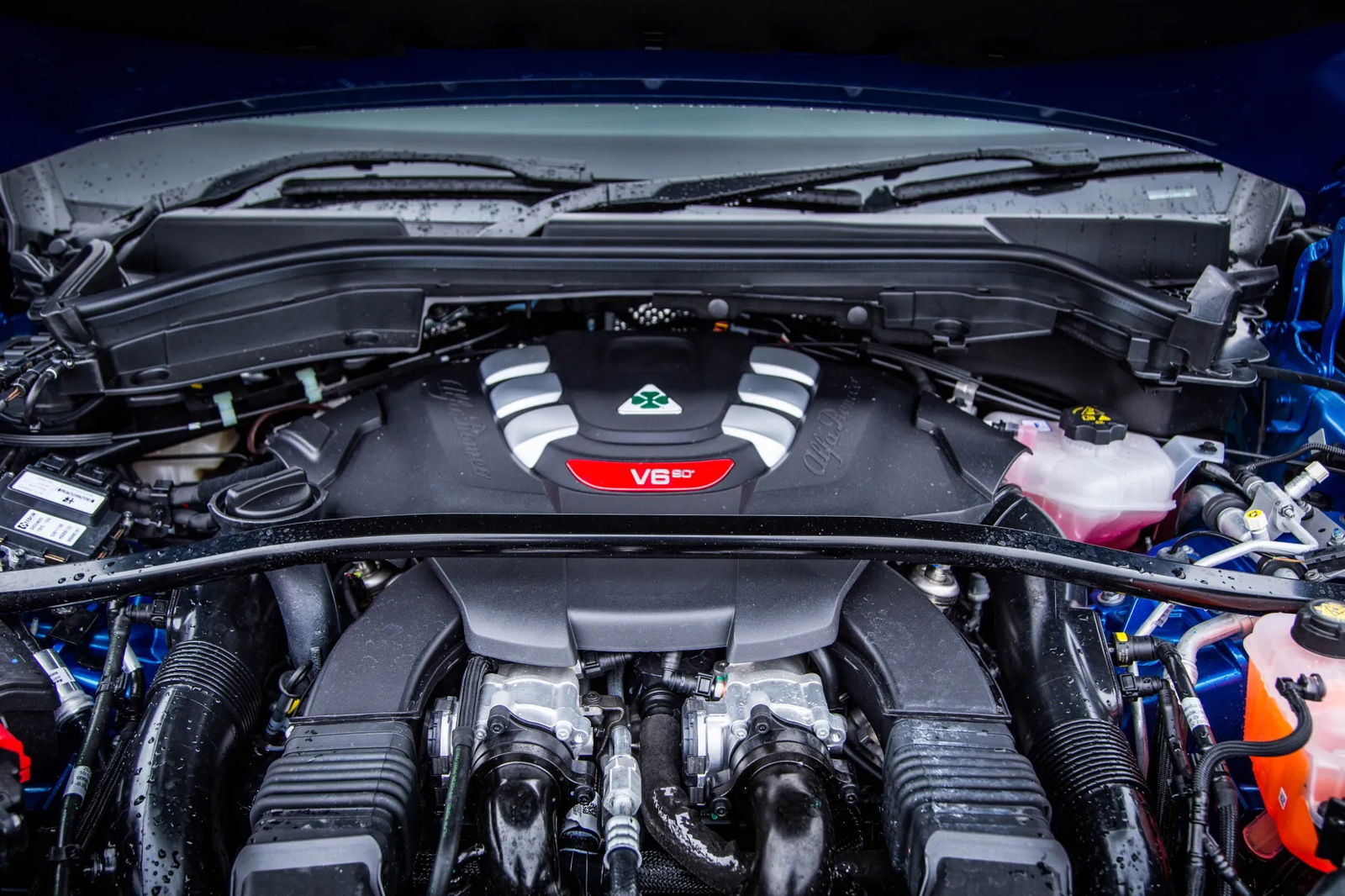
While many petrolheads lament the decline of truly exciting straight-six engines, a few recent developments offer some hope. Stellantis introduced a new twin-turbocharged inline-six, called the Hurricane, JLR has returned to using the engine type, and there’s also a straight-six - in petrol and diesel forms - in various new Mazda models including the CX-60.
For the most part, though, the V6 continues to dominate, and given the calibre of performance vehicles powered by this configuration, it's difficult to argue with the performance they offer despite their drawbacks.
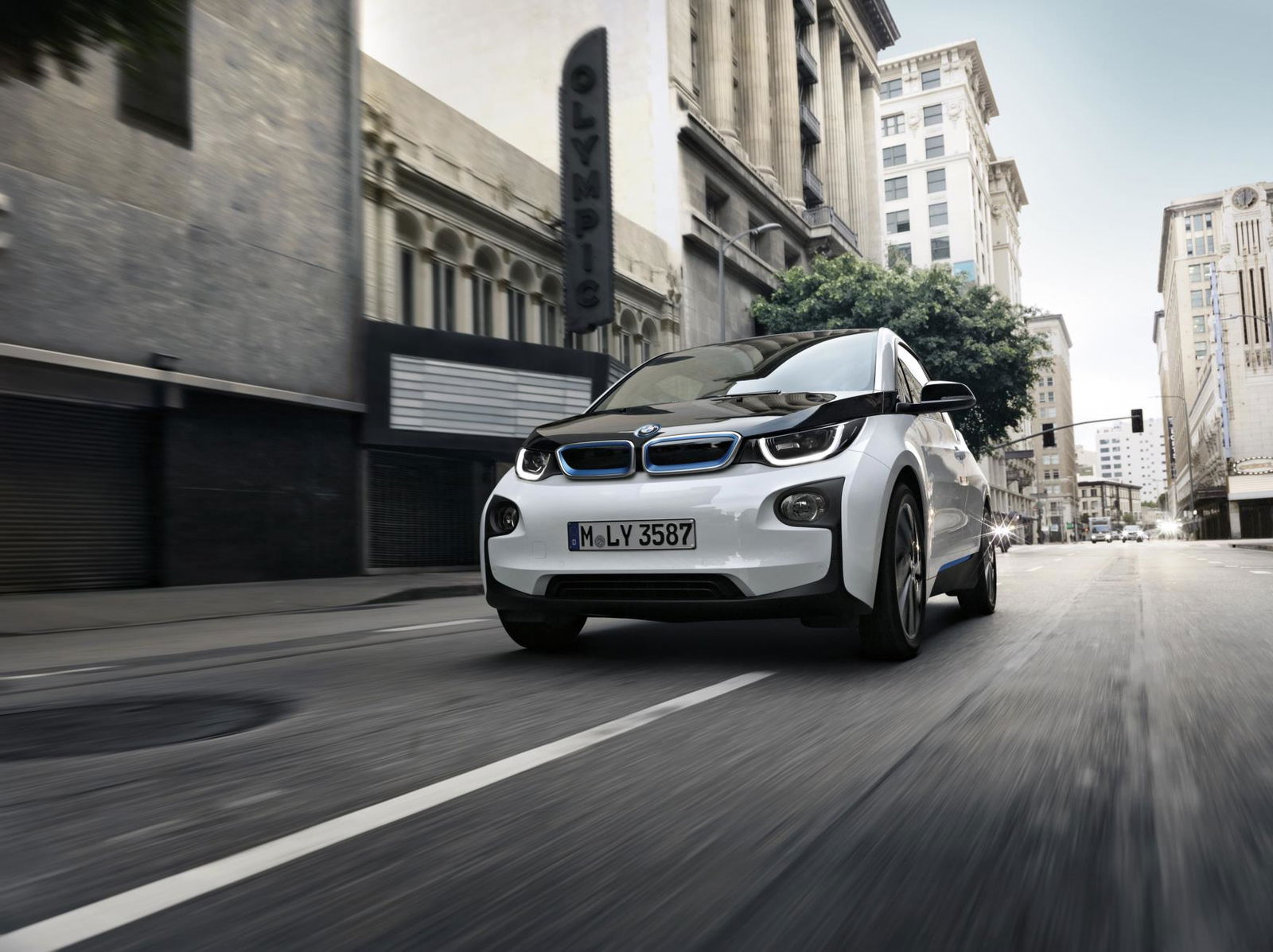
Comments
BMW does not believe in V6s, therefore all of their current 6-cylinder models are I6s, including the bonkers new 1M, M2, M3 & M4, the I6 is far from dead.
Enter your comment…
Straight up or flat to the floor!! haha
Yea you right
It entirely depends on their application and the car they’re in. There are incredible cars with both formats, and I’m sure duds with both too.
I’ll take the 4.0L inline six cylinder found in Jeeps from 1991-2006. I prefer the 1991-1995 with the 7120 head but will take any block from 1991-2006.
The straight six, one engine I’ll most likely NEVER experience in my life…
Those glory days of the in line 6, examples being: Toyota 2JZ-GTE, Nissan RB26DETT, BMW S52B32, Jaguar XK6, Even the Triumph I6… Down the drain, hardly ever used anymore.
I personally love the sound of a bone stock RB26DETT, because if it has one big turbo, it just sounds like PSSSSSSSSSSSSSSSSSSSSSSSSSSS! And you can’t hear the actual engine note at all, it’s drowned by single big turbo noise.
Straight six. The vee is ok and have had a few.
The straight is very smooth and with the proper amount of support, there is no flex in the cams or crank.
I’m so not a fan boy so i kinda judge on merit. In theory i believe flat engines are the most inherently balanced engine for both Primary/ first order/ first harmonic & Secondary order- Flat 6’s and 12’s are very smooth etc. I’ve piloted vehicles with I2,I3,I4,I5,I6,V4,V5,V6,VR6,V8,V10,V12,F4,F6 and a few Rotary configurations. To my knowledge the only things i haven’t experienced are F12 and I8 but both are extremely rare- maybe there is a Flat 8 or 10 i don’t know about? All have extreme versions which are amazing- especially in motorsport but two stand out for me in road cars and the balance logic goes out the window here- perhaps i prefer unbalanced engines? Inline 5’s rock my world, whether Audi, Volvo or even Fiat i find the noise they make is unreal and kinda sounds like a baby V10 for obvious reasons. No prices for guessing my other fave- V10. They just sound slightly demonic to me which is pretty awesome. I also remember being quite fond of a friends twin bike engineed Westfield when i had my Seight- that this sounds like two bikes properly racing on another- think v8 that keeps going out of phase. TL:DR I think for me at least- sound is most important for desirability and that rest is kinda irrelevant if you are already making good power.
Pagination